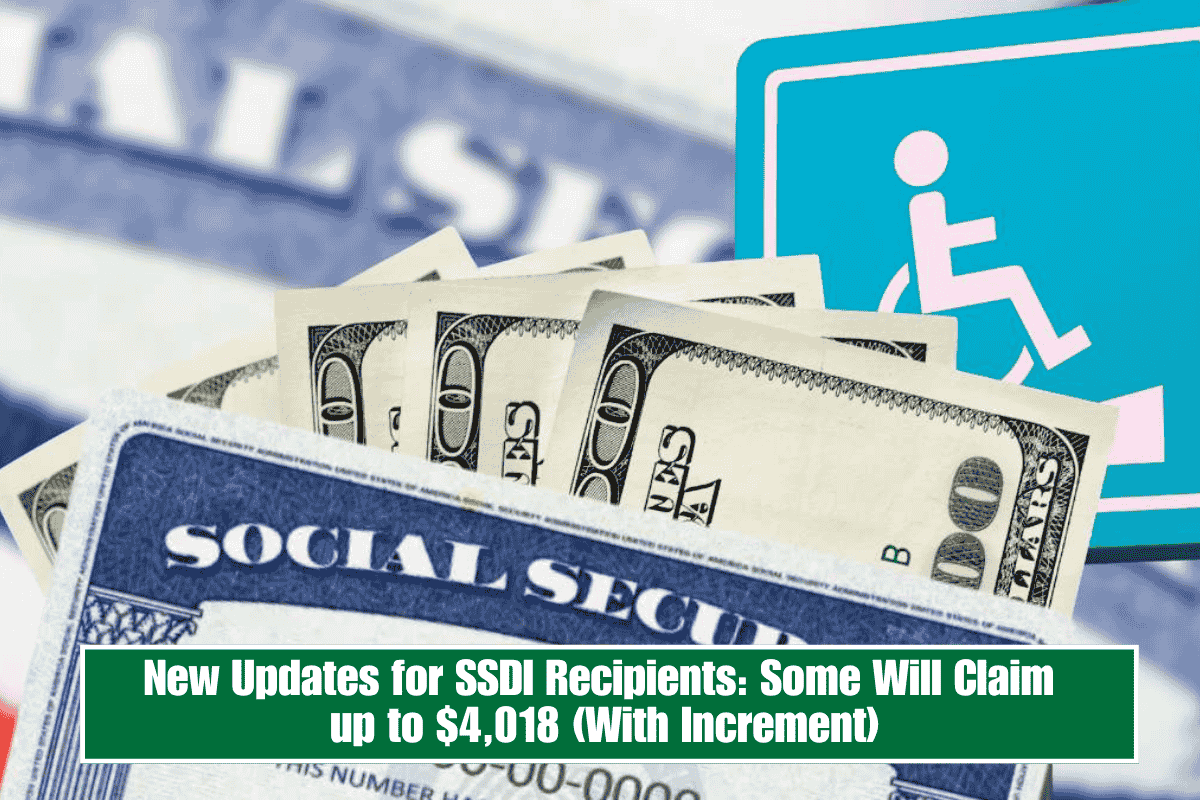The Social Security Administration (SSA) confirmed a 2.5% increase in Social Security Disability (SSDI) benefits for 2025, based on the cost of living index (COLA). This increase is intended to mitigate the impact of inflation while maintaining the beneficiaries’ purchasing power.
The average monthly amount is $1,537, with a maximum of $4,018 for a small percentage of beneficiaries. Most will fall between the average and the maximum.
SSDI benefits are available to workers who have paid Social Security taxes and worked for a certain number of years but are unable to work due to illness or accident (for at least one year). The Social Security Administration provides benefits to over 68 million beneficiaries in the United States, including SSDI recipients.
March 2025 payment distribution: One final group receives payments next week
SSDI deposits are made on Wednesdays of each month, following a calendar based on the beneficiary’s date of birth:
- 1 to 10: second Wednesday (March 12, 2025).
- 11 to 20: third Wednesday (March 19, 2025).
- 21 to 31: fourth Wednesday (March 26, 2025).
In March 2025, the final group will receive their payment on March 26th, a business day without transfers. The SSA recommends contacting them only if the deposit does not appear three business days after the expected date.
SSDI Minimum Eligibility Requirements: Disability and Work Credits
To qualify for SSDI, applicants must have a disability that prevents them from performing substantial work for at least 12 months or is terminal.
They must also accumulate 40 work credits, at least 20 of which must be earned within the decade preceding the disability. In 2025, each credit is worth $1,810 of income, with a maximum of four credits per year ($7,240). Exceptions apply to those under the age of 24, who require only six credits over three years.
There is a five-month waiting period after the onset of disability during which the SSA does not provide benefits. Once that time has passed, SSDI payments will be activated and formally sent. This lapse has an impact on applicants’ financial planning, with many depleting their savings before receiving the first payment.
According to a recent analysis, less than 3% of beneficiaries reach the maximum amount of $4,018 due to the requirement of higher percentile salary histories.
In 2025, Medicare Part B premiums will reach $185 per month for some groups, potentially reducing net benefits. Although the 2.5% COLA follows established methodologies, beneficiaries have complained to organizations like AARP that it is insufficient to cover inflation in sectors like health, where costs exceed 4% annually.















